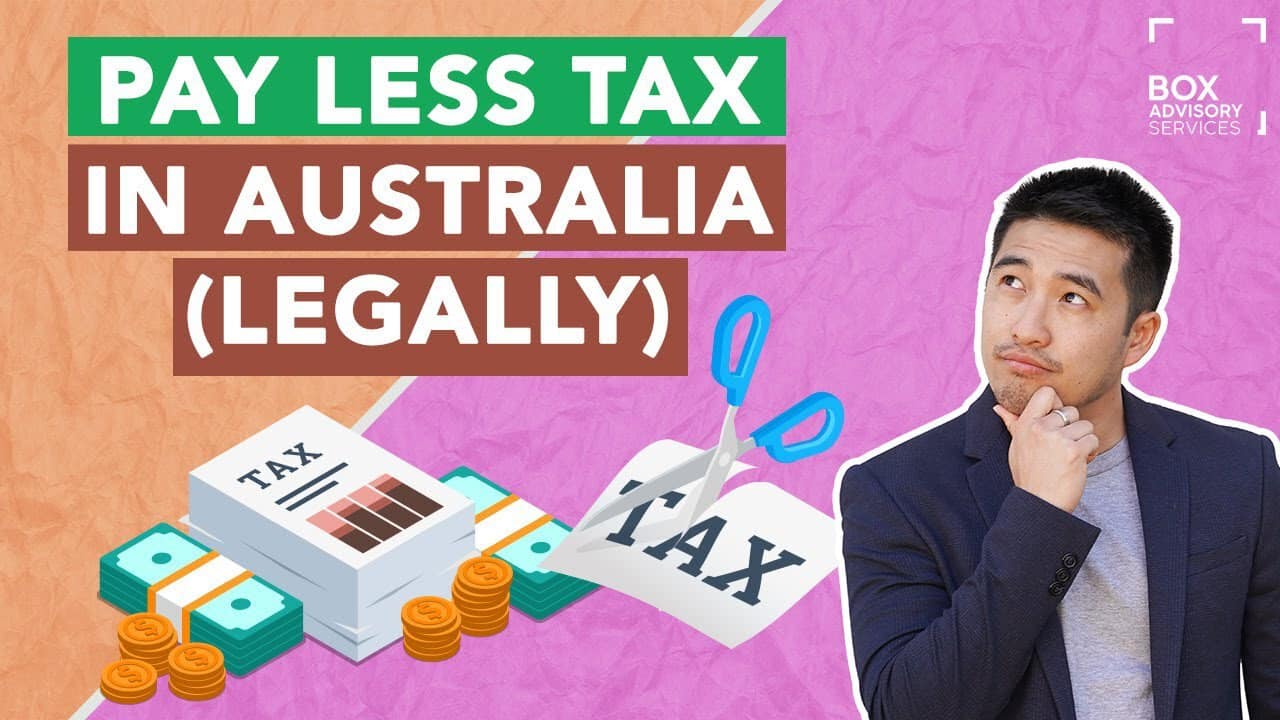
BY
|
Federal Budget 2023-24: What the Changes Mean For Your Small Business
As the ink dries on the freshly announced Federal Budget for 2023–24, many small business owners across Australia are likely finding themselves knee-deep in complex financial jargon, trying to decipher what these changes mean for their operations.
It’s no secret that the recent announcement unveiled a host of alterations—some subtle, others quite dramatic—to the economic landscape of our nation. And comprehending all of them at once can be challenging.
So here’s a breakdown of the key takeaways.
Overview of Australian Federal Budget 2023-24
The Australian Federal Budget for 2023–24 was announced by the Treasurer on May 9, 2023. In this overview, you’ll find a summary of some of the key measures and plans the government has in place.
First off, you’ll be glad to hear that the government has allocated $3 billion towards an energy cost-of-living relief package. This funding is aimed at easing the financial burden on households and helping Australians cope with rising expenses.
Meanwhile, in the healthcare sector, the government is taking steps to improve mental health and suicide prevention services.
They have outlined reforms to address workforce shortages, fill urgent gaps, and extend crucial services in this field. Along with this, they have also proposed initiatives for tackling smoking and vaping and working to enhance cancer outcomes.
As for taxation and small business support, we’ll discuss that in more detail below.
How is the Government Supporting Small Businesses?
Recognising the crucial role that small businesses play as the backbone of the Australian economy, the government has introduced additional support measures in this budget.
Instant Asset Write Off
In an encouraging move for small businesses that report an annual turnover of under $10 million, the government has set a new threshold amount for the instant asset write-off scheme.
This allows these businesses to immediately deduct the full cost of eligible assets priced under $20,000. However, you must use or install these assets and have them ready for operation within the financial year.
It’s also worth noting that the $20,000 limit is applied to each individual asset, which means that small businesses have the opportunity to instantly write off the cost of several assets, not just one.
Small Business Energy Incentive
Your small business could benefit from the Small Business Energy Incentive, which provides a bonus deduction of up to $20,000 on energy upgrades.
To be eligible, your business must have an aggregated turnover of less than $50 million, and the total expenditure on these upgrades must not exceed $100,000. You must also ensure you install the assets between July 1, 2023, and June 30, 2024.
Reduced GDP Adjustment Factor for PAYG and GST Instalments
The government is also providing temporary cash flow relief for your small business by reducing the GDP Adjustment Factor’s increase on your PAYG and GST instalments from 12% to 6% for 2023–24.
The reduction aims to support the 2.1 million eligible small businesses during challenging economic conditions by helping them better manage their cash flow while still meeting their income tax and GST obligations.
Reducing the Tax-Related Administrative Burden
To drive collaboration with small businesses to reduce the time spent complying with tax obligations, the government is:
- Investing $21.8 million over the next four years to make tax matters easier for small businesses.
- Trialling a more robust review process for businesses turning over between $10 million and $50 million.
- Setting up five new tax clinics starting January 2025 to offer better access to tax advice for small businesses.
- Letting tax agents handle more paperwork from July 2024.
- Speeding up tax refunds and reducing costs by limiting the use of cheques from July 2024.
- Giving small businesses up to four years to fix any mistakes in their income tax returns starting July 2025.
Tax Integrity
Now that we’ve navigated the landscape of small business changes, let’s shift our focus to what’s changing in the tax integrity sphere.
Expanding the General Anti-Avoidance Rule
One notable initiative is the expansion of the General Anti-Avoidance Rule (GAAR). Expanding the scope of how these rules apply aims to ensure that businesses and individuals pay their fair share of taxes and that the Australian Taxation Office (ATO) effectively combats aggressive tax planning and avoidance.
Under this expanded rule, you’ll witness a more proactive approach by the ATO addressing tax avoidance schemes. So, you need to identify and review any tax reduction strategies, ensuring they comply with the updated GAAR.
Improving Engagement with Taxpayers to Ensure Timely Payment of Tax and Super
Starting with the new financial year, there are plans to allocate additional funds over a four-year period to enhance the ATO’s engagement with businesses, which is aimed at tackling the increasing tax and superannuation liabilities.
The extra funding will allow the ATO to interact more effectively with taxpayers who have substantial debts exceeding $100,000 and aged debts older than two years.
These taxpayers include public and multinational groups with a turnover exceeding $10 million, privately owned groups or individuals controlling over $5 million in net wealth.
Four Year Extension for the GST Compliance Program
Over the next four years, starting July 1, 2023, the ATO will receive $588.8 million to continue a range of activities that promote GST compliance.
One of the main benefits of this extension is that the ATO will be able to develop more sophisticated analytical tools to combat emerging risks to the GST system. This means that your business can have better support from the ATO and be more knowledgeable about GST compliance measures.
Personal Income Tax Changes
There were also two key personal income tax alterations announced as part of the 2023–24 budget.
1. Increasing Medicare Levy Low Income Thresholds
You’ll be happy to know that the Australian Federal Budget 2023–24 has announced a marginal increase in the Medicare Levy’s low-income thresholds. This means that if your income falls below the updated thresholds, you will not need to pay the Medicare levy.
The new threshold amounts include the following:
- Singles: $23,365 to $24,276
- Families: $39,402 to $40,939. (For each dependent child or student, the family income thresholds will increase by a further $3,760 instead of the previous amount of $3,619.)
- Seniors and pensioners: $51,401 to $53,406
2. Medicare Levy Exemption for Lump Sum Payments in Arrears
Starting July 1, 2024, the government plans to exempt certain lump sum payments from the Medicare levy for eligible low-income taxpayers.
This change is designed to prevent these taxpayers from having to pay a higher Medicare levy when receiving a significant lump sum payment in arrears, such as wage compensation.
To be eligible, taxpayers must have qualified for a reduced Medicare levy in the two most recent years that the lump sum accrues. Additionally, the lump sum must account for at least 10% of the taxpayer’s income in the year it’s received.
Better Targeted Superannuation Concessions
Effective July 1, 2025, the government intends to alter tax concessions for individuals with a total superannuation balance exceeding $3 million. Those with a super balance of less than $3 million will remain unaffected.
The aim of the reform is to establish a sustainable and better-targeted approach to superannuation concessions. As a result, the headline tax rate will increase from 15% to 30% for earnings corresponding to the portion of an individual’s superannuation balance that is greater than $3 million.
But, despite the increase, the new rate is still lower than the top marginal tax rate of 45%.
Key Takeaways
So, to wrap it all up, here are the key takeaways:
- The budget introduces several measures designed to support small businesses and ease their financial and administrative burden.
- New initiatives are planned to ensure fair tax payments and combat aggressive tax avoidance.
- Additional funding and an extended programme aim to maintain and enhance GST compliance.
- Adjustments aim to benefit low-income individuals and those receiving lump sum payments.
- Changes are being introduced to make superannuation concessions more sustainable and targeted.
The landscape of taxation and financial regulation is constantly shifting, and staying informed is crucial for the success of your business.
At Box Advisory Services, we’re here to help you navigate these changes and optimise your financial strategy.
Contact us today to learn how we can assist you in making the most of these new budgetary measures.




